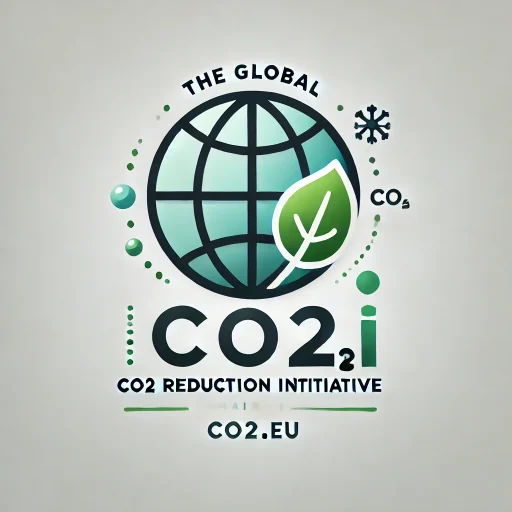Carbon Reduction Activities in Europe: April 14-20, 2025
Executive Summary: During mid-April 2025, Europe saw significant advancements in carbon reduction strategies, focusing on transportation and industrial sectors. The European Union continued to implement stringent regulations and innovative technologies to reduce emissions, while Germany’s coalition agreement emphasized the integration of carbon removals and international credits into climate targets. These efforts are part of a broader commitment to achieving climate neutrality by 2050.
Introduction
Between April 14 and April 20, 2025, Europe announced several initiatives aimed at reducing carbon emissions, particularly focusing on the transportation sector and industrial policies. These efforts are part of the European Union’s broader strategy to achieve climate neutrality by 2050.
Transportation Sector Initiatives
The European Union has introduced updated regulations and emission caps specifically targeting the transportation sector. These measures include strict carbon dioxide limits for heavy-duty vehicles and increased funding for green logistics projects. The EU is providing attractive incentives to encourage transportation and logistics companies to adopt greener initiatives and eco-friendly technologies. This includes the widespread adoption of electric vehicles, hydrogen-powered transport, and the integration of biofuels and enhanced intermodal systems. These measures are expected to transform the landscape of European logistics for a greener future.
Source: Skillbee Blogs
Germany’s Coalition Agreement
Germany’s coalition agreement reaffirmed its commitment to the 2045 climate neutrality target and supported the EU’s 90 percent emissions-cutting goal for 2040. However, this support is contingent on allowing EU countries to incorporate international carbon credits into their climate efforts. This means that instead of reducing pollution domestically, countries could pay for emissions cuts in non-EU countries and count those toward their own climate balance. The agreement also emphasizes the integration of carbon removals and international carbon credits into the Emissions Trading System and the EU’s overarching Climate Law.
Source: Politico
Conclusion
Europe’s recent carbon reduction activities highlight a strong commitment to achieving climate goals through innovative policies and international cooperation. The focus on transportation and industrial sectors, along with Germany’s strategic use of carbon credits, underscores the region’s proactive approach to addressing climate change.


Recent Comments